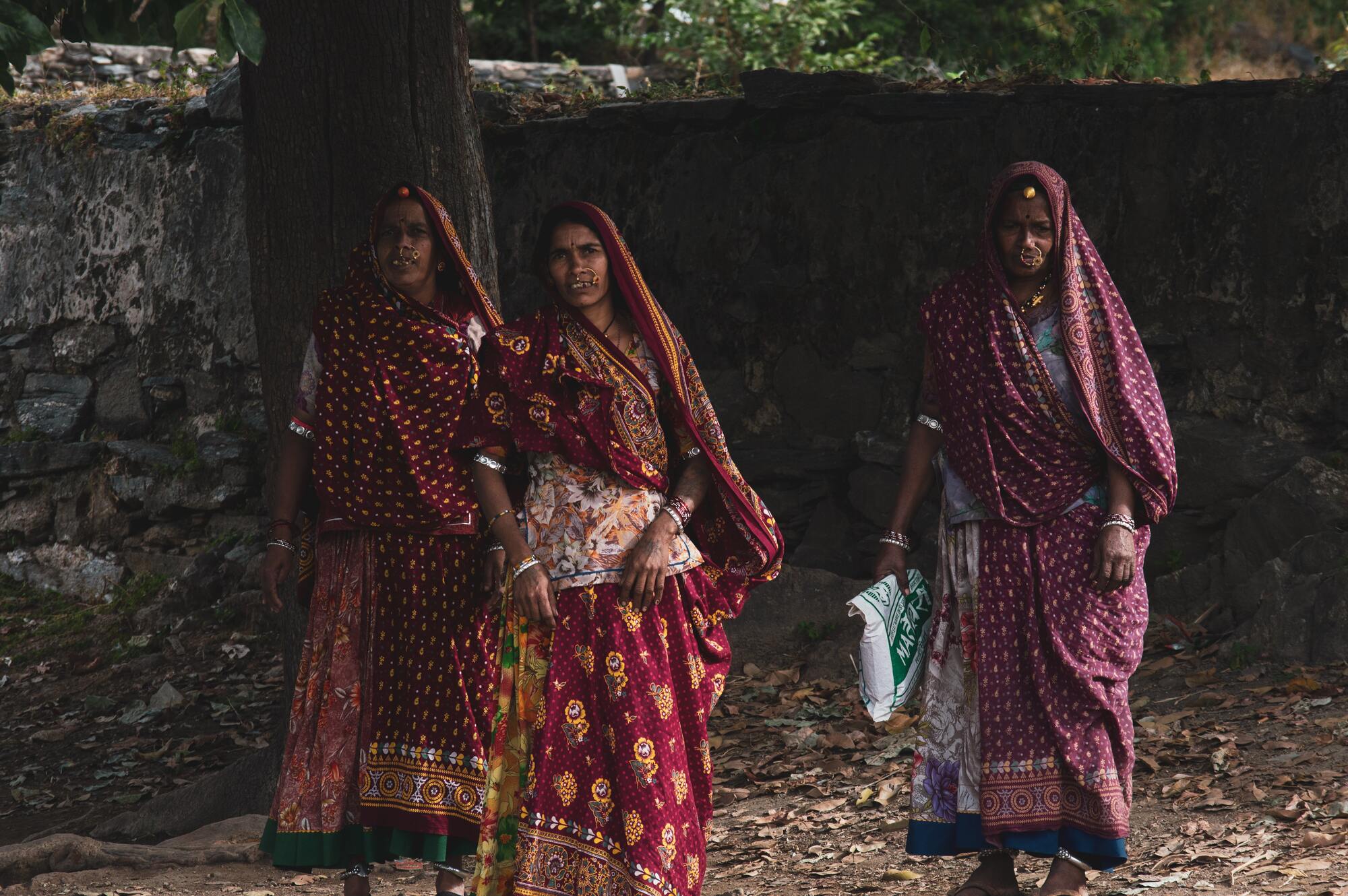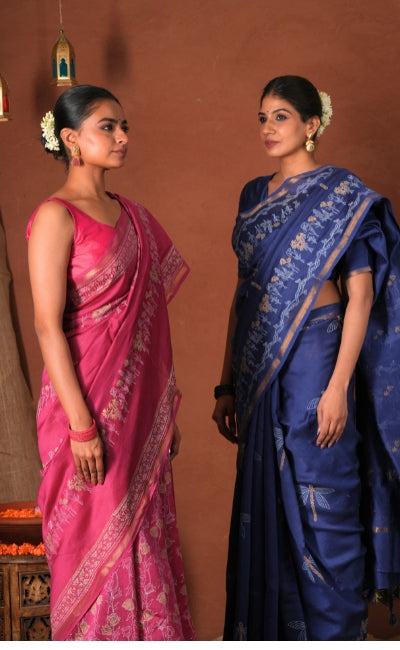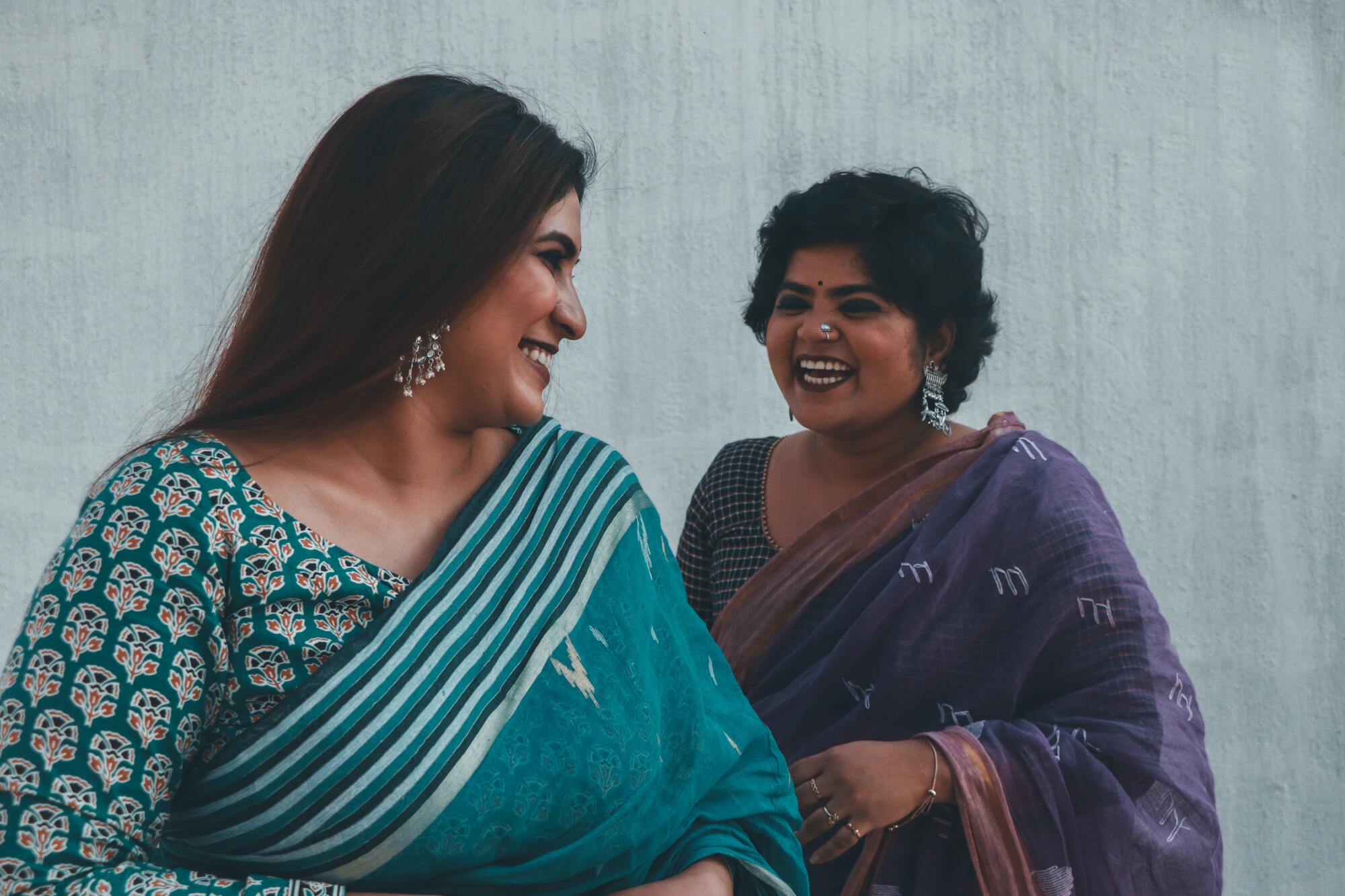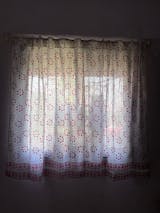
Go Fab With Chanderi Silk Saree
As the world changes and the latest sensations in anything creative and dynamic to look at emerging, we see something that is different and far better and more productive than before. It’s about how we make the best of the yore generations, be it attire, customs, or even dietary habits.
Sarees have always had a strong presence among the aristocracy and the general people. These clothing not only tell our country’s amazing stories or demonstrate its unmistakable pride, but they also show India’s unstoppable expansion in various ways.
Every kind of saree has its beautiful delicacy and zest, whether the evergreen cotton sarees or the trendy silk sarees. We’ll give you an inside look at the birth and evolution of the beautiful Chanderi silk saree in this blog.
Taking a Look Back in Time
Chanderi silk saree is made of the softest fabric ever discovered in the world. Since the time of the kings and queens, they have existed in our country, but they are still available for purchase in the markets.
In fact, in the current scenario, their demand has skyrocketed. The Chanderi fabric has been popular since the late 13th century. It is mentioned in the Vedas that Lord Krishna’s cousin was the first to use this fabric. When its wealth was abundantly evident among the beautiful queens and women of the Mughal Empire, it became known around the world.
The Diversity of Its Appeal
Chanderi silk saree is often available in three different materials: silk-cotton, pure silk, and pure cotton. The proportion of cotton and silk fabric will vary depending on the saree’s demand, the occasion, and the climate.
Pure chanderi silk saree is the most treasured clothing for grand occasions, given their captivating attractiveness and perfect finish. The Chanderi cotton sarees, on the other hand, are designed for comfort and well-being because they are naturally light and can tolerate extreme heat.
How is Chanderi Silk Saree Now Identified?
Unlike in the past, when Chanderi silk saree was exclusively created in pastel colors, the current state of this fabric is represented by numerous vivid hues like red, yellow, green, and white, or can be seen in combination with royal colors like purple and navy blue. This lightweight fabric is popular among young and old generations, and it is used for more than simply sarees.
The government has aided the weavers and other people involved in the manufacture of Chanderi silk saree by supplying them with lower-cost machinery and yarn materials.
Summing Up!
In our country, Chanderi silk saree come in various styles, each uniquely showcasing its uniqueness. They can be worn daily by working ladies and draped for special occasions such as weddings and festivals. These sarees must be handled with extreme caution. SootiSyahi is an e-commerce site with the best selection of Chanderi silk saree. You can select from many colors and motifs that are bound to impress everyone.






